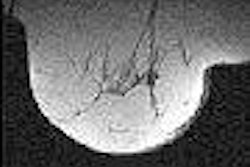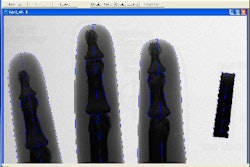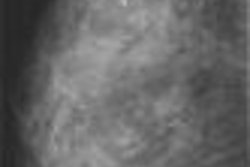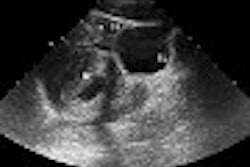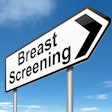Dear Women's Imaging Insider,
Recently, my mother has been trying to cozy up to soy milk -- and it's been a sour experience. Then again, she's never been a fan of milk, whether it comes from bovine or bean. That may partially explain why she is currently one of the 8 million women in the U.S. who suffers from osteoporosis (National Osteoporosis Foundation).
Unfortunately, the doctor-prescribed, bone-boosting therapies that my mother has tried had unpleasant side effects.
So my mom hopes that a combination of soy products and weight-bearing exercise will keep her upright and fracture-free, for a few more decades. She's certainly not alone: Many postmenopausal women are turning away from hormone-based drugs and seeking out alternative therapies (Journal of Women's Health, November 2004, Vol. 13:9, pp. 1000-1007).
In this Insider Exclusive, we take a closer look at the soy-bone mineral density (BMD) connection. A number of studies have looked at how soy influences BMD, bone mineral content, and bone resorption. Is there some magical component in soy compounds that gives it the power to build bone? If so, what does that mean for the 35 million American women who are at risk of developing osteoporosis in the next five years? To learn more, click here.
In other BMD news, osteoporosis screening got a big hand from a paper published in the Annals of Internal Medicine. The results of a 5,000-person study confirmed, for the first time, that screening with DEXA at the hip is associated with a reduction in hip fractures. Also on the topic of screening, traditional clinical prediction rules are not particularly useful for identifying women with a high probability of having osteoporosis, according to separate research.
In another study, Japanese investigators found that risedronate can increase BMD and reduce the risk of hip fractures in hemiplegic elderly women following acute stroke. Risedronate is a pyridinyl bisphosphonate that inhibits osteoclast-mediated bone resorption.
And a group from the University of Arizona in Tucson determined that postmenopausal women who have survived breast cancer have a heightened risk of fractures. Finally, geriatric health specialists have suggested that elderly African-American women have a slower rate of bone loss than their Caucasian counterparts.
Now if you'll excuse me, I must go and nag my mother about downing a glass of vanilla soy milk before she heads to yoga class.




